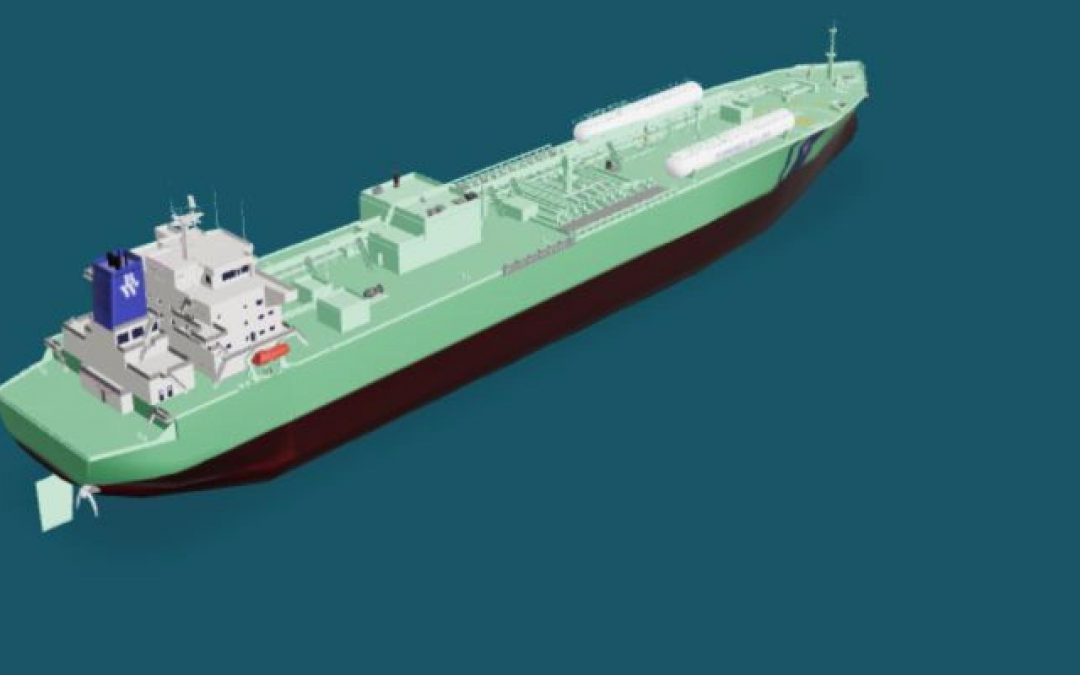Shipping rates for Asia-bound liquefied petroleum gas have plummeted in 2024, touching a nearly three-year low, as higher prices for U.S. propane have sapped demand for the fuel.
Spot rates for shipments between the Middle East and Far East slid below $32 per tonne on Feb. 2, down roughly 80% from the end of 2023. While they rebounded above $48 on Wednesday, that is still roughly 60% lower than the end of last year.
Very large gas carrier (VLGC) rates had been climbing since around 2022, peaking at over $180 in September. Many industry watchers had expected the pattern to continue into this year, and were surprised by the recent plunge.
The main culprit is a cold snap in the U.S. that has driven up propane prices.
Late last year, with American crude oil output growing and a mild winter expected, prices for U.S.-produced propane hovered in the mid-$300 range per tonne, around $200 to $300 below the Middle Eastern equivalent.
This made it a cheaper option for Asian importers even after accounting for higher shipping costs due to the longer distances involved. The upswing in activity on this route tightened the overall global supply of LPG vessels.
Last month, however, American propane quickly lost its edge as prices rose above $400, narrowing the gap with Middle Eastern propane to under $200.
Meanwhile, the drought disrupting traffic through the Panama Canal, alongside attacks on ships in the Middle East discouraging travel through the Suez Canal, has spurred ships to go the long way around Africa by the Cape of Good Hope.
“Shipping costs went up, and U.S. [propane] became less of a bargain,” said Kunihiko Senoo, an executive at Japanese shipping company Iino Kaiun. As demand for transporting the fuel slowed, global shipping rates began falling.
On top of this, propane demand among Asian buyers has weak amid a relatively warm winter in the region, and China’s appetite for petrochemical products has weakened.
“Just because [demand for propane from] the U.S. has declined, that doesn’t mean shipments from the Middle East have increased,” said a representative at Japanese shipper Eneos Ocean. “It looks like LPG demand isn’t so strong that buyers are willing to pay high prices for it.”
Once shipping rates began to fall, ship owners that had been negotiating aggressively with customers amid a bullish price outlook instead started scrambling to secure business even at lower rates, accelerating the downtrend.
Much remains uncertain about the outlook for rates going forward. Many industry watchers expect U.S. propane exports to Asia to pick up again going into the spring as lower American heating demand brings prices back down.
“Forward-month VLGC rate futures have rebounded, and actual rates are also likely to rise eventually,” Senoo said.
But some industry watchers worry that the market is in a volatile state, given how a single factor — higher U.S. propane prices — touched off the rate plunge.
The impact of Panama Canal passage restrictions is also hard to predict.
Eneos Ocean cites cases in which VLGCs that decided to use the canal unexpectedly went through right away, a sign congestion is easing as more ships skip the shortcut. But traffic through the canal is still restricted, and traffic risks remain.
Source: Hellenic Shipping News





